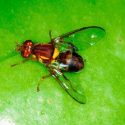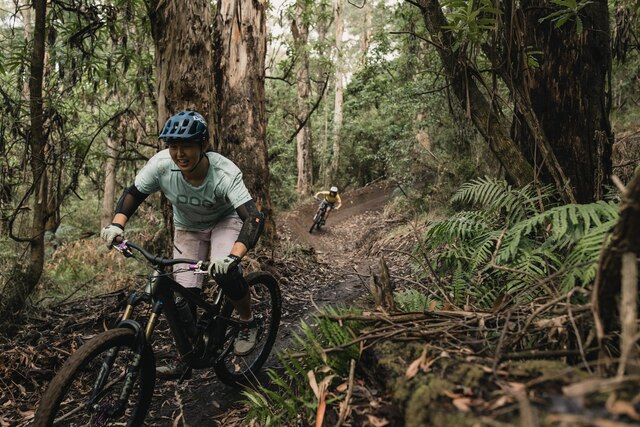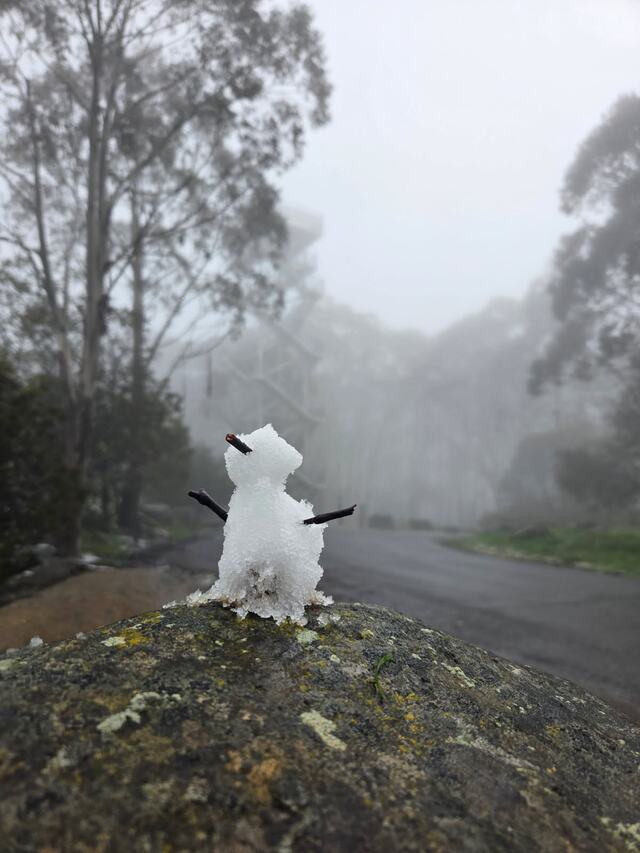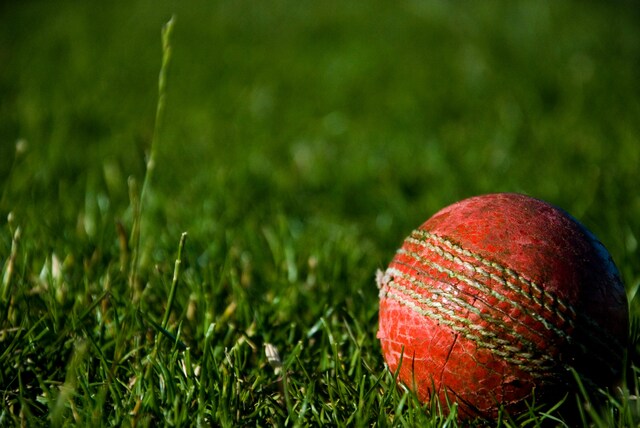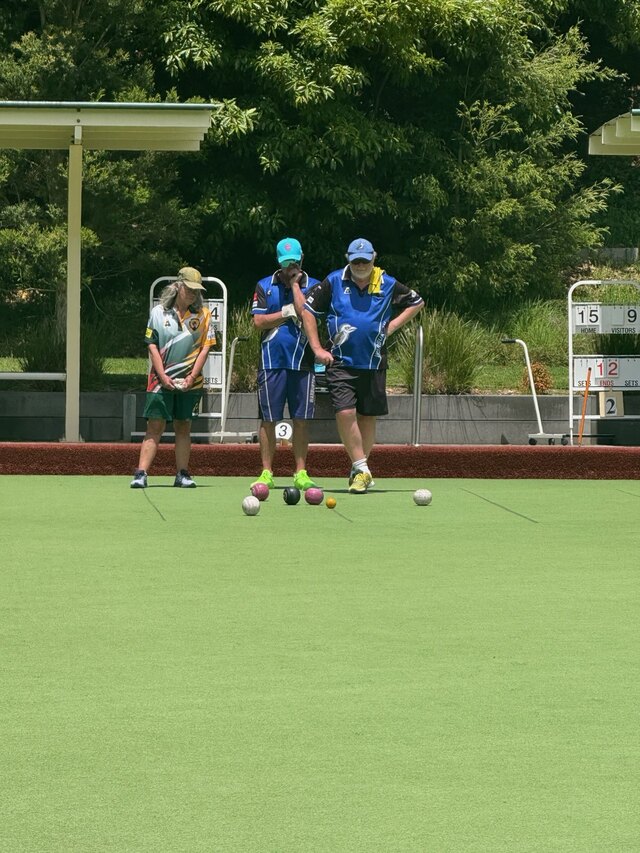Yarra Valley residents with fruit trees should be on the lookout for the Queensland fruit fly (QFF) over spring, to help prevent its spread into the area.
The QFF is active year-round but populations increase in spring when temperatures rise.
They can remain active during autumn and winter in warmer weather.
Yarra Ranges Mayor Len Cox said everyone had a role to play in stopping bug’s spread.
“Residents with fruit trees can prune their trees to a reachable height, harvest fruit quickly and keep an eye out, as the fruit fly looks for ripe fruit to breed,” he said.
Pruning fruit trees in gardens to a manageable size can help to control QFF.
Smaller fruit trees are easier to implement fruit fly controls on and are more manageable for home gardeners.
Infestation can occur when fruit on high branches is un-harvested.
The best time of year to prune fruit trees is in late winter and early spring, when trees are generally dormant.
Picking fruit before it falls from the tree is another way to help.
Damaged and fallen fruit can become a refuge for fruit fly maggots.
Anyone returning to the valley with fruit grown in areas where QFF exists should leave it behind, eat it all or cook it.
Infested fruit or vegetables can be microwaved to kill maggots before disposal.
Alternatively, fruit and vegetables can be frozen for two days to kill maggots and larvae.
The QFF was detected in the Yarra Valley last summer.
Private landowners then put containment and eradication treatments in place.
“It’s important that infested fruit is destroyed, so that fly larvae don’t develop into adults and spread across the valley,” Cr Cox said.
The QFF is a horticultural pest that lays eggs in fruit and vegetables.
The damaged fruit and veggies rot inside while the eggs mature into larvae, making the produce inedible and unsaleable.

